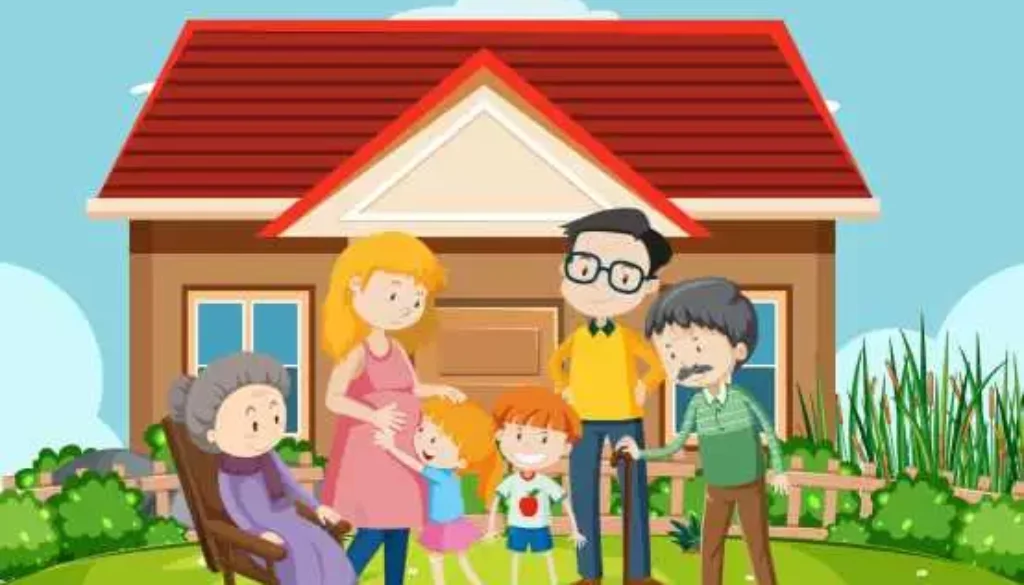Granny Pods
Last Updated on April 25, 2024 by Rachel
The options can be confusing for families trying to choose a home for grandparents to spend their golden years. Nursing homes can be expensive and aren’t necessarily the most cost-effective option. As a result of the high costs and the guilt that families experience when a loved one in their latter years lives alone, grandparents frequently move in with their adult children. The size or lifestyle of the residence may not always permit such an arrangement, though.
Granny pods are the ideal remedy in this situation. They provide some privacy while enabling the grandparents to be near their loved ones. The elderly find it difficult to completely give up their independence, so this option offers a compromise by giving them a place to call their home while still giving the family some peace of mind knowing they can get help if they need it.
What is a Granny Pod?
This is a home that has been adapted to enable family members or caregivers to be near elderly loved ones. These are also known as Accessory Dwelling Units (ADUs), because they are made with accessibility and safety in mind, such as having rounded counters, wide doorways, and slip-resistant floors. Some models are developed with cutting-edge medical accessories.
Benefits of Granny Pods
- They make it possible for seniors to remain near their loved ones, offering them support on a social and emotional level.
- They enable senior citizens to keep their independence and privacy.
- They come with safety measures that are absent from regular residences, such as handrails, ankle-level cameras, and voice-activated emergency communication systems.
- They may be less expensive than assisted living homes and nursing homes if used for several years.
- Adding a second residence to a property raises the value of the primary residence.
- They offer a higher quality of life and a substitute for nursing homes.
Potential Demerits of Granny Pods
- Families may neglect seniors who live alone.
- These arrangements make some residents uneasy arguing that they would alter the community’s character.
- They might cost more than moving in with a family member or paying for a nursing home.
- They are expensive, and the costs can force you to refinance your home.
- Some zoning regulations in certain areas hinder their development.
- Rising property values can make your house too pricey for the area, which would make it more difficult to sell.
The legality of Granny Pods
These little homes are usually connected to the existing sewer, power and water lines in the main house, so you’ll need to have the relevant building approvals required by local authorities. The quantity of land that such a structure can occupy is governed by local zoning restrictions.
As a result, before making a purchase, you must confirm that the granny pod’s intended uses have been approved, including any homeowner association agreements and any closeness to historic areas, wetlands, or parks.
- Exploring Senior Demographics of Kansas
- Senior Centers in Mississippi
- Senior Centers in Indiana
- Oxygen Concentrator for Seniors
- Senior Tax Credit for the Elderly and Disabled
- Best Online Meal Services for Seniors
- Home Care vs. Nursing Home
- Housing Assistance for Seniors in Georgia
- Grants for Seniors in Arkansas
- Chair Risers for Seniors
There can be limitations in some jurisdictions, including;
- Demanding proof of your need for the granny pod: It may be necessary to obtain a formal medical opinion stating that the resident is unable to live freely in a typical residence.
- Permits: Certain permits could be required before you can erect a granny pod in your backyard.
- Giving the dwelling a temporary status: A temporary status prevents the granny pod from being erected on a permanent foundation and restricts its use to the period specified.
- Size restrictions: Some localities only permit temporary homes of a specific size.
The Cost of Granny Pods
Prices of granny pods vary, whether you decide to purchase a prefabricated model or remodel an outbuilding or existing shed. Expect to pay at least $40,000 for the most basic building and up to $100,000 for a prefabricated model equipped with all of the medical amenities and technologies required for outstanding care and comfort.
There are other less expensive solutions if you cannot afford the initial expense of a standard granny pod. But, depending on how long the pod is used, the investment may be worth it, as the average cost of assisted living care is $54,000 per year, while skilled nursing facility care ranges from $70,000 to over $370,000 per year.
Insurance for Granny Pods
After you’ve figured out the legalities of your granny pod, it’s time to think about its insurance. Typically, your granny pod will be protected under the “other structures” part of your current homeowners’ policy. Additional structures are normally covered up to 10% of your major dwelling coverage level; thus, if your principal house is insured to $250,000, your granny pod is protected for $25,000. Personal property is also protected by your policy, but you should verify if it is classified on- or off-premises.
If the value of your granny pod exceeds $25,000, specific issues may arise. If so, you’ll need to pay an extra premium to increase the coverage for your other structures. There can be additional granny pod insurance options with more specialized coverage. If the limits on your homeowners’ insurance policy are sufficient, more comprehensive coverage may not be required.

